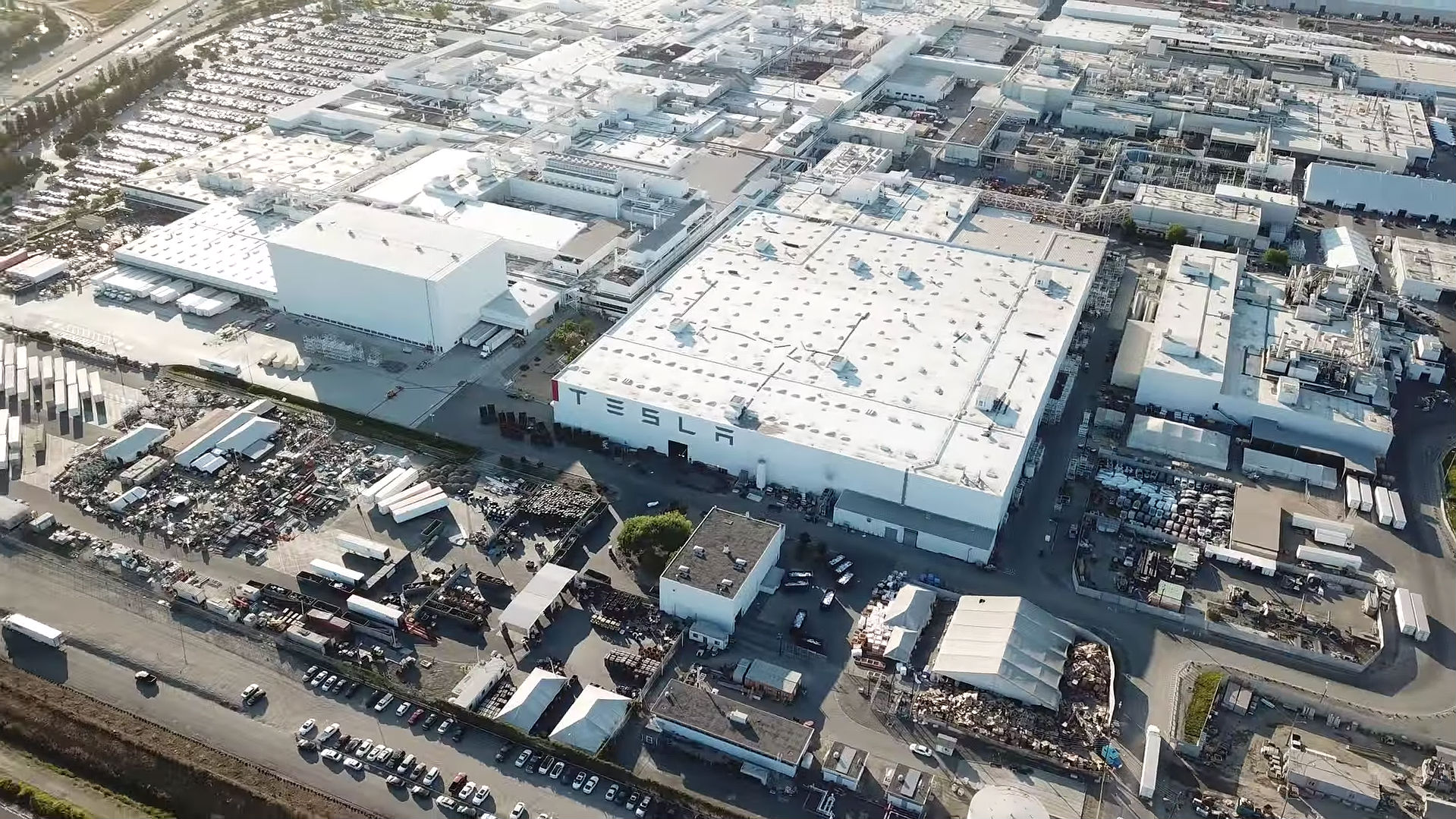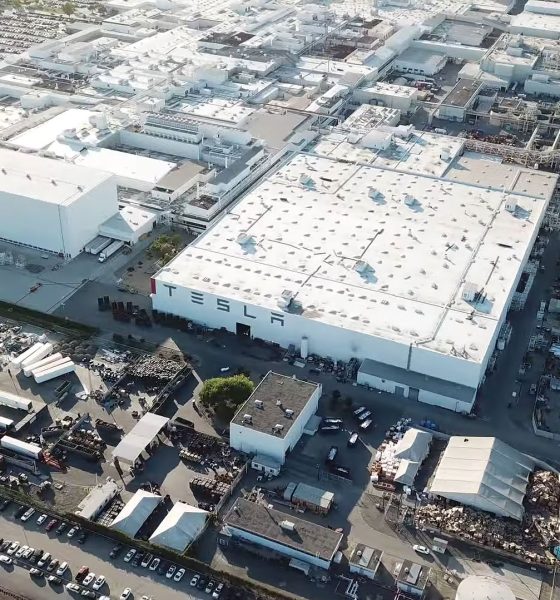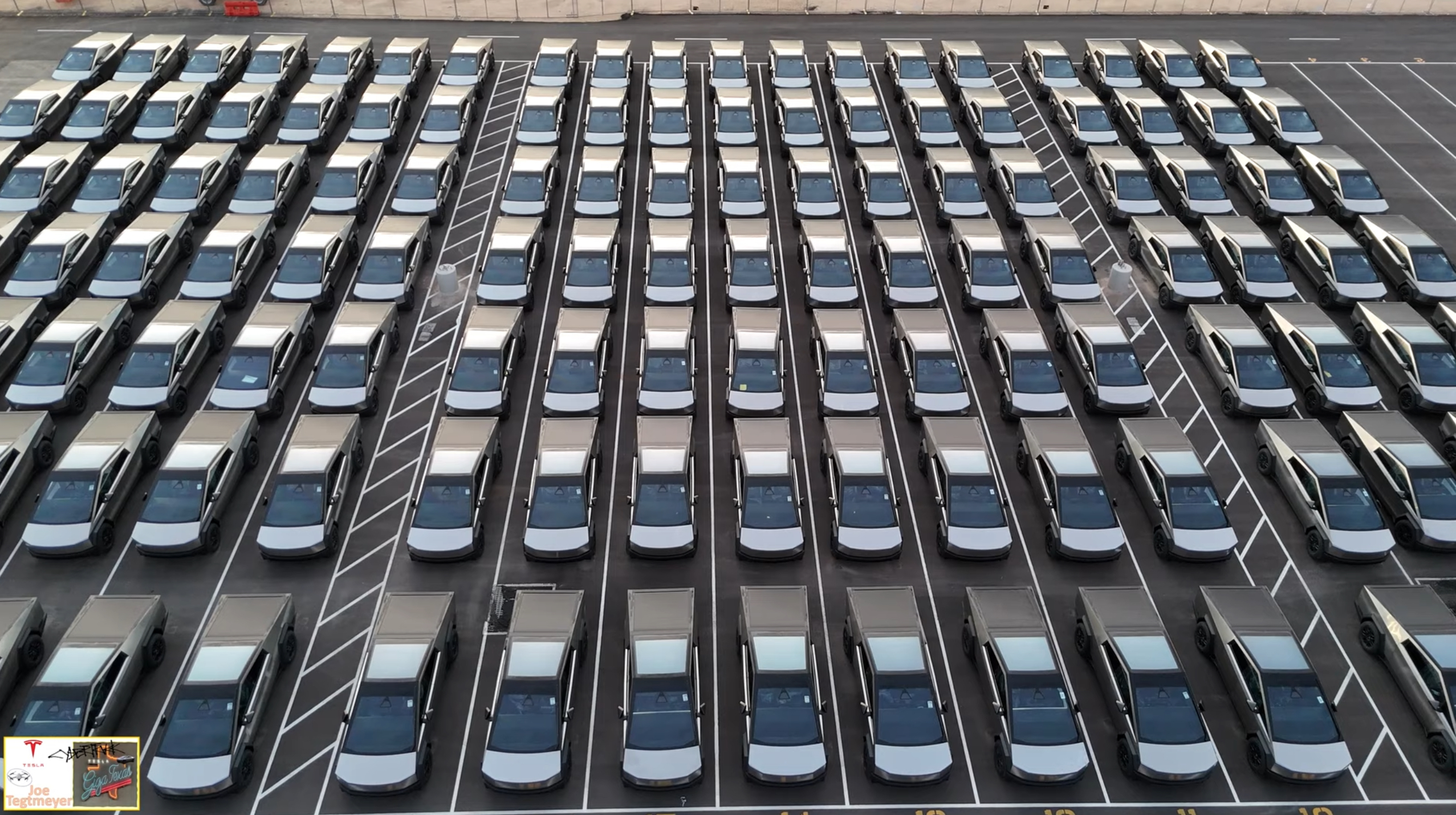

Investor's Corner
Tesla remains volatile despite international Model 3 ramp, analysts’ optimistic outlook for 2019
Tesla stock (NASDAQ:TSLA) saw a steep, over 12% dive on Friday amidst news of a new round of layoffs and Elon Musk’s rather cautious tone about the company’s profitability in the fourth quarter and Q1 2019. As trading opened on Tuesday, TSLA stock seemed as volatile as ever, briefly showing some recovery after the opening bell before dipping into the red soon after.
In a way, the behavior of Tesla stock on Friday (and this Tuesday as of writing) was a bit strange. Not long after the company shared Elon Musk’s email explaining his reasons behind the 7% layoffs, after all, a number of Wall Street analysts covering the electric car maker expressed an optimistic view on Tesla, particularly as the company is now aiming to start breaching the international market with the Model 3, its most disruptive vehicle to date.
During a segment on CNBC’s Squawk Box, for one, Oppenheimer senior research analyst Colin Rusch, who has a $418 price target on the company, noted that Tesla’s recent job cuts were unsurprising and a likely sign of optimization.
“It’s not a huge surprise to see this. This looks to us like a mix of a proactive move in terms of cutting costs, … but also a bit of cleanup on the kind of massive push to get the Model 3 out this year. You never want to see a growth company cutting staff like this, but we’re not overly concerned,” Rusch said.
In a note to investors, Jefferies analyst Philippe Houchois, who has a $450 price target on TSLA, stated that the company’s reduced workforce suggests breakthroughs in productivity.
“Reducing headcount also suggests productivity gains. This is, in our view, (is) consistent with slower growth rates but mostly the scope to improve productivity and flow that we identified during our visit to the Fremont plant mid-November 2018,” the analyst said.
Baird analyst Ben Kallo, a longtime TSLA bull with a price target of $465 per share, noted that cost management would be crucial this 2019 as “Tesla transitions to its next phase of growth.” Wedbush analyst Dan Ives, who has a price target of $440 per share, stated that “Tesla will be able to emerge from the next 12 to 18 months” as an electric car maker that is stronger and more profitable.
Canaccord Genuity analyst Jed Dorsheimer, who has a $323 price target on TSLA, was more pronounced in his optimism for the company, stating that with the recent job cuts, “Tesla’s business is now set up for a more auspicious 2019.” Consumer Edge analyst Derek Glynn, who has a $350 price target on Tesla, noted that Elon Musk’s recent email suggested that “management is focused on achieving profitability each quarter after years of operating at significant losses.”
Former Tesla board member Steve Westly also took a similar stance, stating that the 7% job cuts are a sign that Elon Musk and Tesla’s management are taking the initiative to “right-size” the company and optimize it its more challenging, more ambitious future endeavors. This, according to Westly, gives the company a notable edge in the electric vehicle market.
“He is moving faster than anybody else, going global faster than anybody else, and today, Tesla is essentially the iPhone of the electric-car market. They’ve won the North American premium market race. The challenge now is to win the mass market, to go international. I think he is preparing the company to do that. I wouldn’t bet against him,” the former Tesla board member said.
That said, not everyone on Wall Street believes that Tesla’s recent job cuts bode well for the company. Citigroup analyst Itay Michaeli, who has a $284 price target on TSLA, mentioned in a note that the electric car maker’s lowered Q4 2018 guidance and 7% job cuts support the bear argument that the company’s stellar Q3 2018 results “weren’t sustainable.”
For now, Tesla is attempting to start deliveries of the Model 3 to two key international markets — Europe and China. Both territories present an important opportunity for the electric car maker, considering that Europe’s midsize sedan market is roughly twice as large as the United States.’ China’s electric car market, on the other hand, is the largest in the world. With Gigafactory 3 allowing Tesla to produce affordable variants of the Model 3 for the local market, the company’s electric sedan could prove to be a success in China.
As for Tesla’s upcoming competition this year, Oppenheimer analyst Colin Rusch notes that legacy automakers have some serious catching up to do.
“Let’s get realistic about what the competition looks like. I mean, people have been very excited about some of the vehicles coming out in 2018. One, those cars have been delayed. Two, the products haven’t been as exciting as people anticipated. We were just at the Detroit Auto Show this week, and we saw, you know, around ten EVs on the show floor, and none of them were particularly exciting,” the analyst said.
As of writing, Tesla stock is trading -1.04% at $299.12 per share.
Disclosure: I have no ownership in shares of TSLA and have no plans to initiate any positions within 72 hours.

Investor's Corner
Tesla analyst realizes one big thing about the stock: deliveries are losing importance

Tesla analyst Dan Levy of Barclays realized one big thing about the stock moving into 2026: vehicle deliveries are losing importance.
As a new era of Tesla seems to be on the horizon, the concern about vehicle deliveries and annual growth seems to be fading, at least according to many investors.
Even CEO Elon Musk has implied at times that the automotive side, as a whole, will only make up a small percentage of Tesla’s total valuation, as Optimus and AI begin to shine with importance.
He said in April:
“The future of the company is fundamentally based on large-scale autonomous cars and large-scale and large volume, vast numbers of autonomous humanoid robots.”
Almost all of Tesla’s value long-term will be from AI & robots, both vehicle & humanoid
— Elon Musk (@elonmusk) September 11, 2023
Levy wrote in a note to investors that Tesla’s Q4 delivery figures “likely won’t matter for the stock.” Barclays said in the note that it expects deliveries to be “soft” for the quarter.
In years past, Tesla analysts, investors, and fans were focused on automotive growth.
Cars were truly the biggest thing the stock had to offer: Tesla was a growing automotive company with a lot of prowess in AI and software, but deliveries held the most impact, along with vehicle pricing. These types of things had huge impacts on the stock years ago.
In fact, several large swings occurred because of Tesla either beating or missing delivery estimates:
- January 3, 2022: +13.53%, record deliveries at the time
- January 3, 2023: -12.24%, missed deliveries
- July 2, 2024: +10.20%, beat delivery expectations
- October 3, 2022: -8.61%, sharp miss due to Shanghai factory shutdown
- July 2, 2020: +7.95%, topped low COVID-era expectations with sizeable beat on deliveries
It has become more apparent over the past few quarters that delivery estimates have significantly less focus from investors, who are instead looking for progress in AI, Optimus, Cybercab, and other projects.
These things are the future of the company, and although Tesla will always sell cars, the stock is more impacted by the software the vehicle is running, and not necessarily the vehicle itself.
Investor's Corner
SpaceX IPO is coming, CEO Elon Musk confirms
However, it appears Musk is ready for SpaceX to go public, as Ars Technica Senior Space Editor Eric Berger wrote an op-ed that indicated he thought SpaceX would go public soon. Musk replied, basically confirming it.

Elon Musk confirmed through a post on X that a SpaceX initial public offering (IPO) is on the way after hinting at it several times earlier this year.
It also comes one day after Bloomberg reported that SpaceX was aiming for a valuation of $1.5 trillion, adding that it wanted to raise $30 billion.
Musk has been transparent for most of the year that he wanted to try to figure out a way to get Tesla shareholders to invest in SpaceX, giving them access to the stock.
He has also recognized the issues of having a public stock, like litigation exposure, quarterly reporting pressures, and other inconveniences.
However, it appears Musk is ready for SpaceX to go public, as Ars Technica Senior Space Editor Eric Berger wrote an op-ed that indicated he thought SpaceX would go public soon.
Musk replied, basically confirming it:
As usual, Eric is accurate
— Elon Musk (@elonmusk) December 10, 2025
Berger believes the IPO would help support the need for $30 billion or more in capital needed to fund AI integration projects, such as space-based data centers and lunar satellite factories. Musk confirmed recently that SpaceX “will be doing” data centers in orbit.
AI appears to be a “key part” of SpaceX getting to Musk, Berger also wrote. When writing about whether or not Optimus is a viable project and product for the company, he says that none of that matters. Musk thinks it is, and that’s all that matters.
It seems like Musk has certainly mulled something this big for a very long time, and the idea of taking SpaceX public is not just likely; it is necessary for the company to get to Mars.
The details of when SpaceX will finally hit that public status are not known. Many of the reports that came out over the past few days indicate it would happen in 2026, so sooner rather than later.
But there are a lot of things on Musk’s plate early next year, especially with Cybercab production, the potential launch of Unsupervised Full Self-Driving, and the Roadster unveiling, all planned for Q1.
Investor's Corner
Tesla Full Self-Driving statistic impresses Wall Street firm: ‘Very close to unsupervised’
The data shows there was a significant jump in miles traveled between interventions as Tesla transitioned drivers to v14.1 back in October. The FSD Community Tracker saw a jump from 441 miles to over 9,200 miles, the most significant improvement in four years.

Tesla Full Self-Driving performance and statistics continue to impress everyone, from retail investors to Wall Street firms. However, one analyst believes Tesla’s driving suite is “very close” to achieving unsupervised self-driving.
On Tuesday, Piper Sandler analyst Alexander Potter said that Tesla’s recent launch of Full Self-Driving version 14 increased the number of miles traveled between interventions by a drastic margin, based on data compiled by a Full Self-Driving Community Tracker.
🚨 Piper Sandler reiterated its Overweight rating and $500 PT on Tesla $TSLA stock
Analyst Alexander Potter said FSD is near full autonomy and latest versions showed the largest improvement in disengagements, from 440 miles to 9,200 miles between critical interventions pic.twitter.com/u4WCLfZcA9
— TESLARATI (@Teslarati) December 9, 2025
The data shows there was a significant jump in miles traveled between interventions as Tesla transitioned drivers to v14.1 back in October. The FSD Community Tracker saw a jump from 441 miles to over 9,200 miles, the most significant improvement in four years.
Interestingly, there was a slight dip in the miles traveled between interventions with the release of v14.2. Piper Sandler said investor interest in FSD has increased.
Full Self-Driving has displayed several improvements with v14, including the introduction of Arrival Options that allow specific parking situations to be chosen by the driver prior to arriving at the destination. Owners can choose from Street Parking, Parking Garages, Parking Lots, Chargers, and Driveways.
Additionally, the overall improvements in performance from v13 have been evident through smoother operation, fewer mistakes during routine operation, and a more refined decision-making process.
Early versions of v14 exhibited stuttering and brake stabbing, but Tesla did a great job of confronting the issue and eliminating it altogether with the release of v14.2.
Tesla CEO Elon Musk also recently stated that the current v14.2 FSD suite is also less restrictive with drivers looking at their phones, which has caused some controversy within the community.
Although we tested it and found there were fewer nudges by the driver monitoring system to push eyes back to the road, we still would not recommend it due to laws and regulations.
Tesla Full Self-Driving v14.2.1 texting and driving: we tested it
With that being said, FSD is improving significantly with each larger rollout, and Musk believes the final piece of the puzzle will be unveiled with FSD v14.3, which could come later this year or early in 2026.
Piper Sandler reaffirmed its $500 price target on Tesla shares, as well as its ‘Overweight’ rating.








